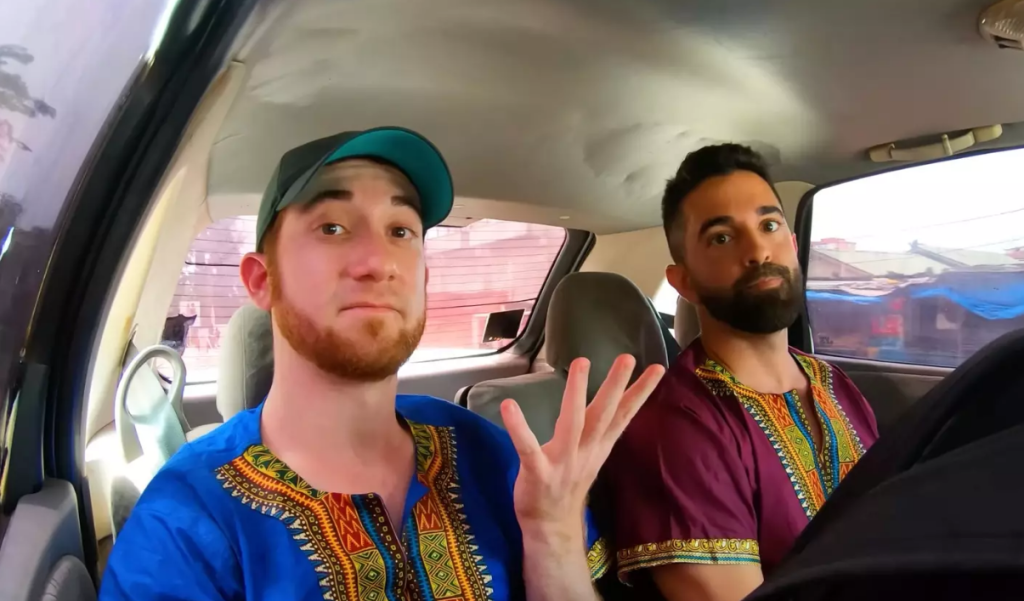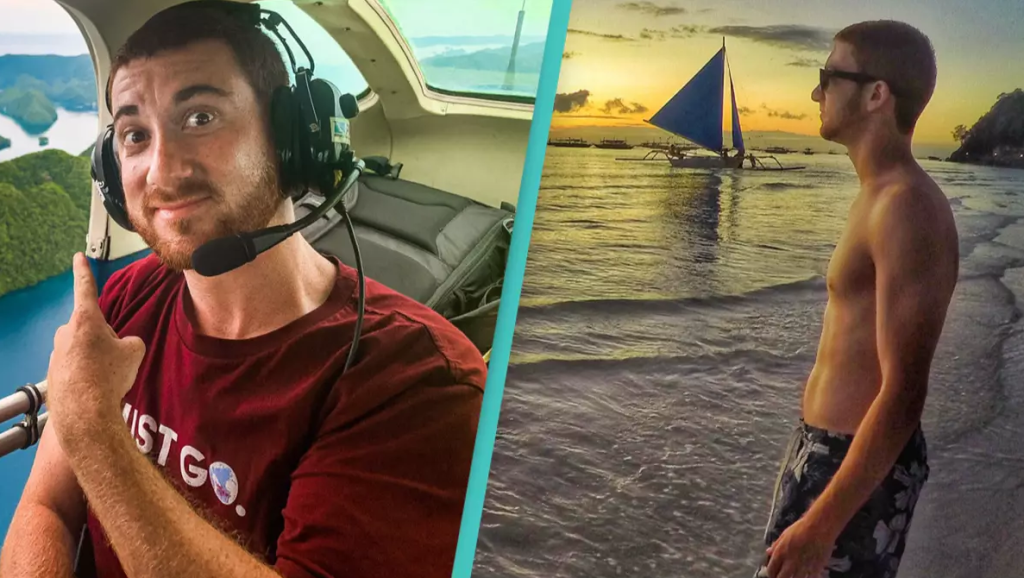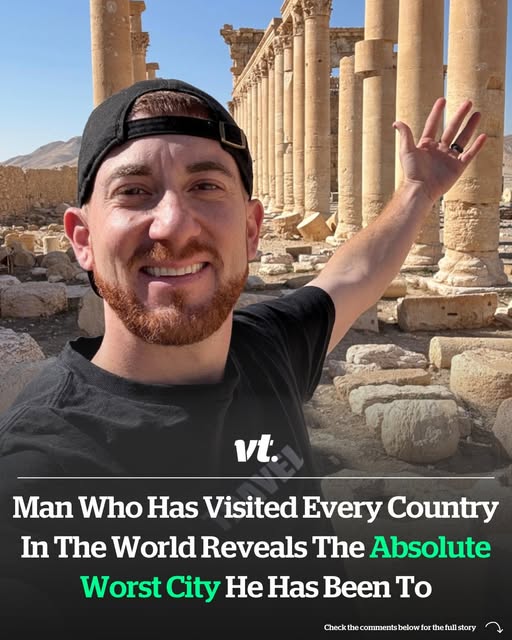Drew Binsky, an Arizona native and renowned travel vlogger, has achieved the remarkable feat of visiting every country in the world. Since quitting his teaching job in 2015, Binsky has documented his journeys on his YouTube channel, amassing over 5 million subscribers. His mission is to inspire others to travel and provide practical advice for globetrotters. Throughout his travels, Binsky has encountered diverse cultures and experiences, both positive and challenging. Among all the cities he has visited, Conakry, the capital of Guinea, stands out as his least favorite.
Arrival Amidst Turmoil
Binsky’s visit to Conakry was marked by immediate tension. Upon arrival, he and his companions were stopped by two policemen within ten minutes. The city was under the shadow of a recent coup, with armed officers lining the streets, creating an atmosphere reminiscent of impending conflict. An official reportedly alerted authorities about their presence, leading to their driver negotiating a $20 bribe to proceed. This encounter set a foreboding tone for the rest of their stay.

Challenging Living Conditions
Binsky described Conakry as having pervasive sanitation issues. He noted that the city smelled strongly of trash and sewage, conditions that surpassed his experiences in other underdeveloped areas. Despite his high tolerance for challenging environments, Conakry’s state was particularly distressing. He also recounted being inexplicably asked to leave a restaurant, highlighting a sense of unwelcomeness. Overall, he felt the city was unsafe and lacked engaging activities.
A Singular Positive Experience
Amidst the difficulties, Binsky did find solace in visiting a local mosque, which he described as a positive aspect of his trip. However, this experience was overshadowed by the overall negative impression the city left on him. He concluded that Conakry is a place he would not choose to revisit.

Understanding the Broader Context
While Drew Binsky’s negative experience in Conakry is deeply personal and based on real challenges, it’s also important to consider the broader context of Guinea’s political and economic situation. Guinea has faced decades of political instability, corruption, and underinvestment in infrastructure, all of which have impacted the quality of life in the capital city. Conakry, like many urban centers in struggling nations, grapples with issues such as waste management, unreliable public services, and a lack of tourism infrastructure, which can make it especially difficult for foreign visitors. Despite these hardships, many locals continue to show incredible resilience and hospitality, and there are certainly cultural and historical aspects of Guinea that can be appreciated with the right guidance and awareness. For example, Guinea has a rich tradition of music and dance, and is home to natural beauty and biodiversity, especially outside urban areas. However, without local connections or detailed planning, these positives can be difficult for travelers to access. Binsky’s story, while critical, also invites more nuanced discussions about tourism in lesser-visited countries. His honest assessment may help inspire improvements in infrastructure or motivate NGOs and government agencies to address key issues, potentially making such destinations more accessible and enjoyable in the future.
Conclusion: A Cautionary Tale for Travelers
While Binsky’s experiences are subjective, his account of Conakry serves as a cautionary tale for travelers. It underscores the importance of thorough research and preparation when visiting regions with political instability and infrastructural challenges. Binsky’s candid reflections contribute to a broader understanding of the complexities involved in global travel.

















